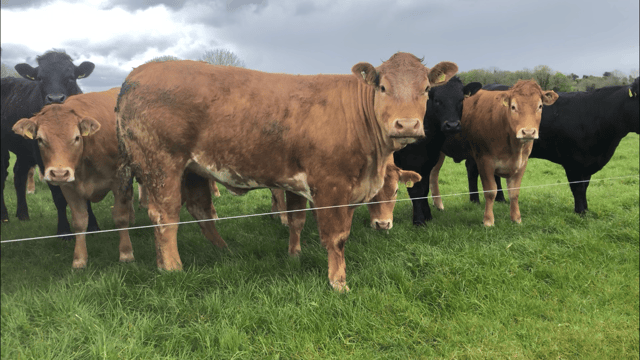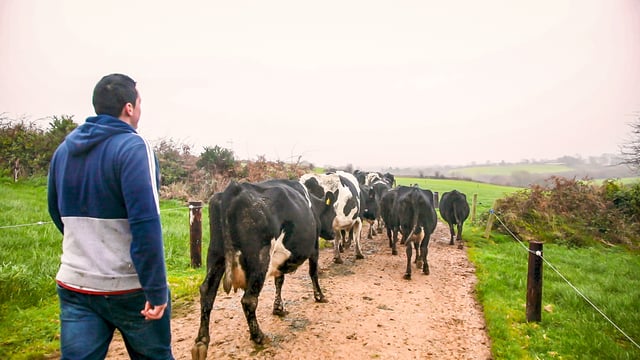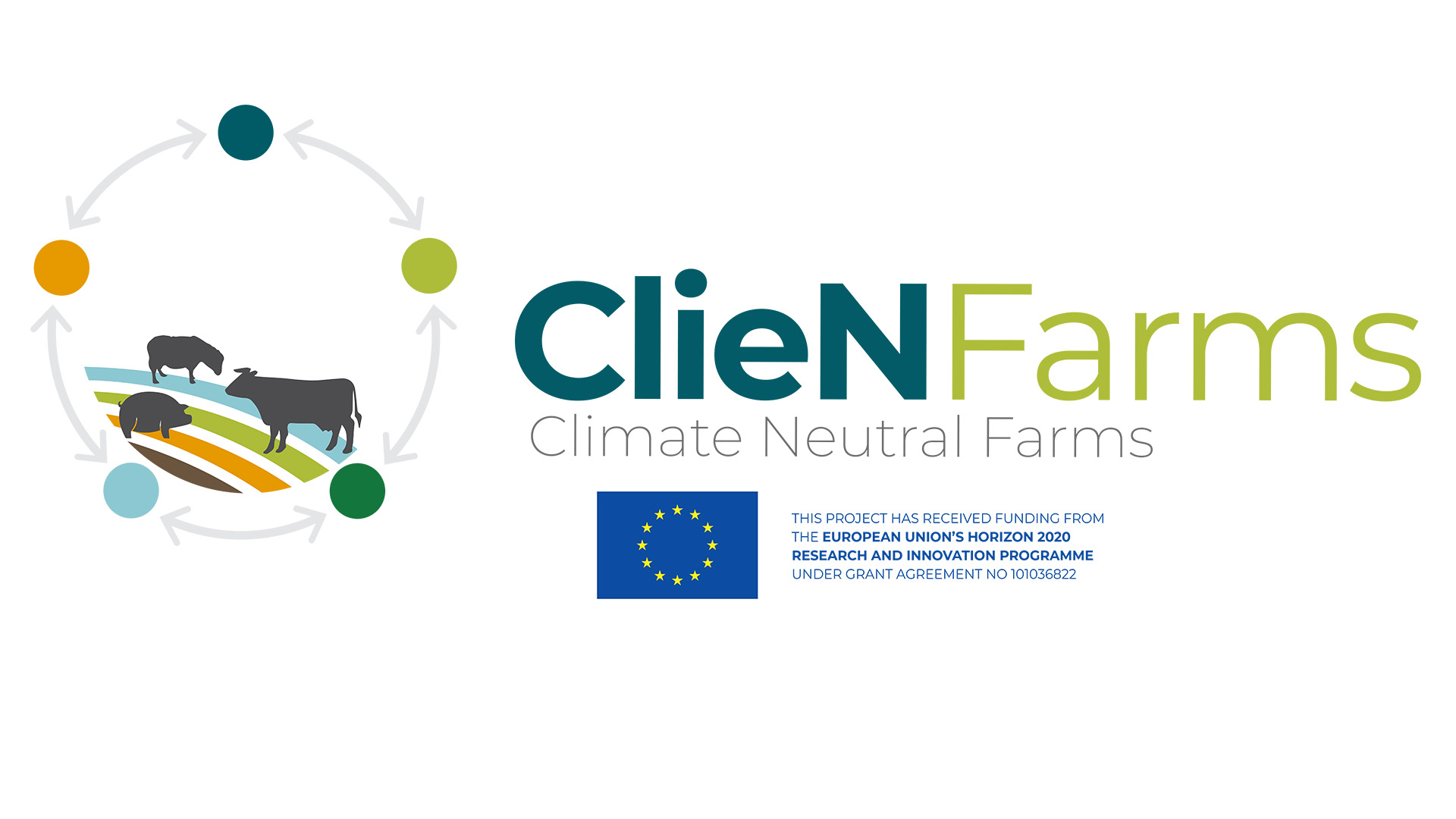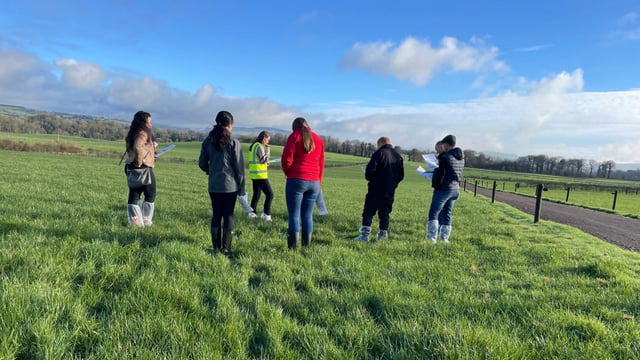How will farmers get direct payments under the new CAP?
Direct payments are a key part of the Common Agricultural Policy (CAP) - so farmers will be keen to know how they will receive their payments under the new CAP, which will come into effect in 2023.
As talks continue as to how the policy will be implemented in Ireland, the Department of Agriculture, Food and the Marine (DAFM) has offered details of its plans to do just this.
A public consultation has kicked off in recent days on the proposed interventions outlined in Ireland’s CAP Strategic Plan (CSP) 2023-2027, as designed by the department.
As such, the department has outlined the key proposed measures which will pay out, redistribute and top-up farmer payments, through the proposed new CRISS, BISS and CIS-YF schemes.
CRISS
The Complementary Redistributive Income Support for Sustainability (CRISS) is designed to redistribute CAP funds from larger farms to medium and smaller sized farms, and is now proposed as a mandatory element within the direct payments measures, DAFM says.
A mandatory redistribution amount worth 10% of the direct payments ceiling - worth €118 million in Ireland - has been set, but member states are allowed to take account of the redistributive effects of other elements of direct payments before deciding on CRISS.
This is a matter that will be decided following completion of the public consultation process, the department says.
Once the amount for redistribution is set, that portion of the direct payments ceiling is reserved for the measure.
The number of “first hectares” of each holding for which the payment will be made is also required, and the resulting payment per hectare is then calculated. This will be determined for each farm during the BISS application process.
The maximum payment per hectare is limited to the average payment entitlement value. This average figure will only be known when all of the other direct payments measures are determined.
Eligible beneficiaries are required to:
BISS
Another key element of the strategic plan will be the Basic Income Support for Sustainability (BISS) under Pillar I of CAP.
In a breakdown of what this will entail, DAFM says that it is "designed to provide a direct income support to Irish farmers to underpin their continued sustainability and viability".
Effectively replacing the outgoing Basic Payment Scheme (BPS), the department says this "builds on the similar support" provided by BPS.
Similar to its predecessor, applications for BISS will be submitted via an online system. BISS payments will be paid on payment entitlements for which an eligible hectare is held by the applicant.
The level of convergence and capping applied will depend on how Ireland chooses to implement the "flexibilities" agreed at EU level.
In terms of eligibility criteria, DAFM says eligible beneficiaries are required to:
Turning to allocation, DAFM says support is allocated based on the size of a holding (the number of eligible hectares) and the number and value of entitlements held.
The financial allocation for BISS is likely to amount to €700-800 million annually, according to the department.
The indicative annual financial allocation for the direct payments ceiling is approximately €1.2 billion, amounting to a total allocation of approximately €5.9 billion for the period 2023-2027.
CIS-YF
Meanwhile, an intervention designed to give young educated farmers a helping hand is also proposed under Pillar I, called the Complementary Income Support for Young Farmers (CIS-YF).
Building on its predecessor, the Young Farmers Scheme from 2015 to 2022, it aims to support young farmers in their early years farming.
Farmers meeting the eligibility conditions may apply to this intervention on an annual basis. All eligible hectares declared by the applicants up to a ceiling of 50ha per applicant can receive support under this intervention. Support is not based on the number of entitlements held by the applicant.
Eligible Beneficiaries will be any farmers meeting the following conditions:
In terms of proposed support rates, it is proposed to continue to grant support to farmers who have received support under the previous Young Farmers Scheme for the remainder of the period that the farmer is eligible.
It is likely that the requirement to spend 3% (about €35 million) of the direct payments ceiling on this objective would be met through a combination of the CISYF (2%) and investment supports in Pillar II (TAMS 1%).
Finally, in terms of other "interventions" or proposed measures set out by DAFM for Ireland's CSP, farmers can apply for the new Pillar I Eco-Scheme, an Apiculture Programme for beekeepers, a sectoral intervention for the fruit and vegetable sector and the Coupled Income Support for Protein Aid.





